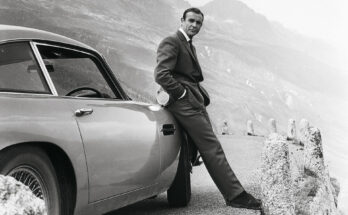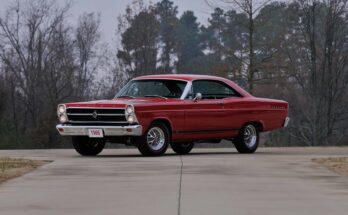The 1988 Chevrolet Camaro IROC-Z was a high-performance variant of the third-generation Camaro, named after the International Race of Champions (IROC) series, which Chevy sponsored from 1975 to 1990. It was a standout muscle car of the late 1980s, blending bold styling, improved handling, and potent engine options that made it a favorite among enthusiasts.

Overview
- Production Years: The IROC-Z package was available from 1985 to 1990, with 1988 being a peak year for its popularity and refinements.
- Body Styles: Offered as a coupe or convertible, with the iconic T-top roof option being particularly popular.
- Price (1988): Base price for the IROC-Z was around $14,000–$18,000, depending on options, equivalent to roughly $35,000–$45,000 in 2025 dollars.
Design and Styling
The 1988 IROC-Z had a sleek, aggressive look that defined the third-gen Camaro:
- Exterior: Low-slung body, ground effects kit, hood louvers, fog lights, and distinctive IROC-Z decals. The car featured a restyled front fascia with integrated fog lamps and a more aerodynamic spoiler.
- Wheels: Standard 16-inch aluminum wheels with Goodyear Eagle tires, exclusive to the IROC-Z, enhancing grip and aesthetics.
- Colors: Popular shades included Bright Red, Black, and White, with some special-order colors like IROC Blue.
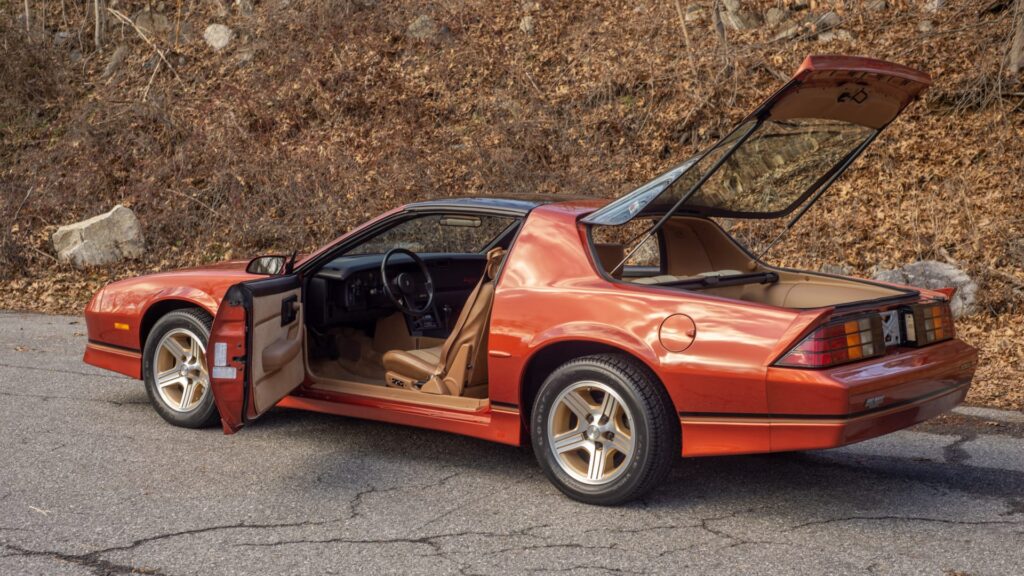
Performance
The IROC-Z was engineered for performance, with upgrades over the base Camaro:
- Engines:
- Standard: 5.0L V8 (305 cid) with throttle-body injection (TBI), producing 195 hp and 295 lb-ft of torque.
- Optional: 5.7L V8 (350 cid) with tuned-port injection (TPI), available only with the 4-speed automatic, delivering 230 hp and 330 lb-ft of torque. This was the most powerful engine offered in 1988.
- Base Option: A 2.8L V6 was available for non-IROC models but rarely chosen for the IROC-Z.
- Transmission: Choice of a 5-speed manual (Borg-Warner T5) or a 4-speed automatic (700R4).
- Suspension: The IROC-Z featured a performance-tuned suspension with stiffer shocks, springs, and sway bars, lowering the car by about 0.6 inches for better handling.
- Top Speed and 0-60: The 5.7L TPI IROC-Z could hit 0-60 mph in about 5.7–6.0 seconds and had a top speed around 145 mph, impressive for the era.
- Weight: Approximately 3,300–3,500 lbs, depending on configuration.
Interior and Features
- Interior: Cloth or optional leather bucket seats, a driver-focused cockpit, and a sporty steering wheel. The IROC-Z had a premium feel with options like power windows, locks, and a Delco-Bose sound system.
- Gauges: Full instrumentation with a tachometer, speedometer, and auxiliary gauges for oil pressure, coolant temperature, and voltage.
- Options: Air conditioning, cruise control, and a power driver’s seat were popular add-ons.
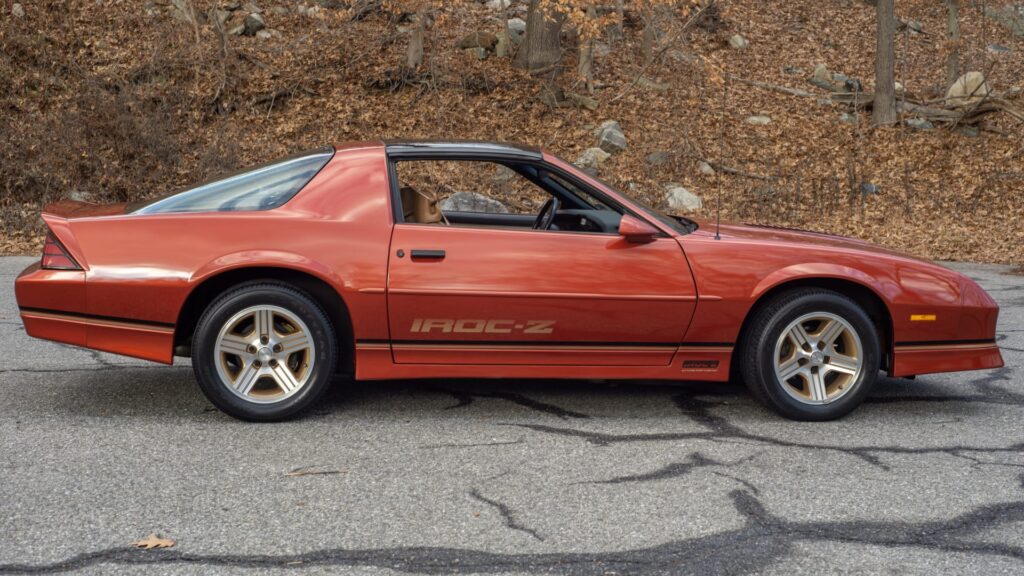
Cultural Impact
- The IROC-Z was a symbol of 1980s performance culture, often featured in media, movies, and car shows. Its bold styling and performance made it a rival to the Ford Mustang GT and a favorite among tuners.
- The 1988 model benefited from refinements over earlier IROC-Zs, such as improved fuel injection and handling, making it one of the best-balanced models in the lineup.
- It remains a collector’s item today, with well-maintained examples fetching $20,000–$40,000 or more at auctions, especially low-mileage convertibles or 5.7L TPI models.
Fun Facts
- The IROC-Z was the first Camaro to offer 16-inch wheels as standard, a big deal in the 1980s.
- The 5.7L TPI engine was initially restricted to the Corvette in the third-gen Camaro lineup but was added to the IROC-Z in 1987 due to demand.
- The 1988 model year saw the removal of the carbureted V8 option, making fuel injection standard across all IROC-Z V8s.
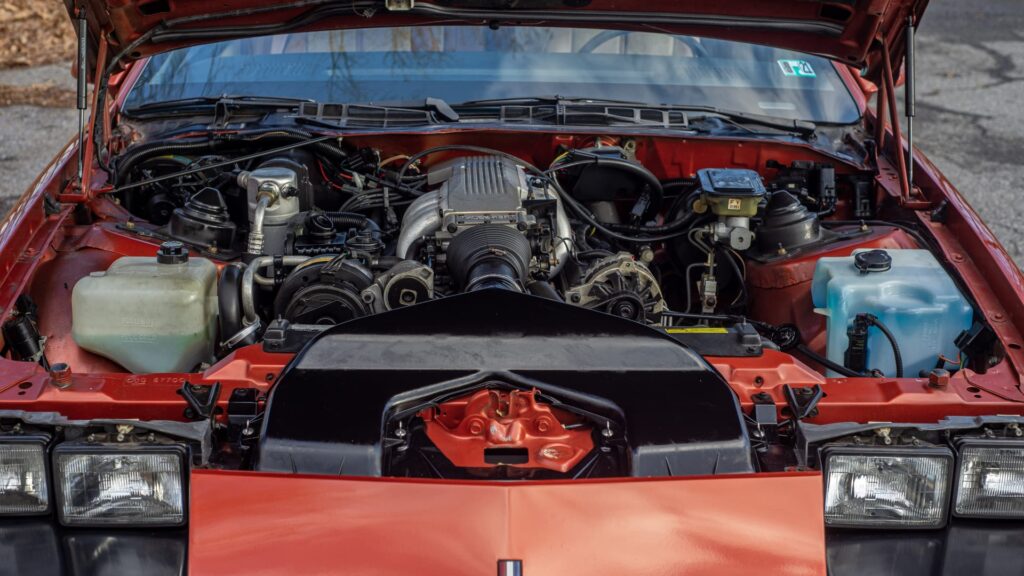
Weaknesses
- Build Quality: Typical of 1980s American cars, interior plastics and fitment could be lackluster, with some components prone to wear.
- Fuel Economy: The V8s averaged 15–18 mpg, not ideal for daily driving.
- Electronics: Early fuel-injection systems could be finicky, requiring maintenance.

